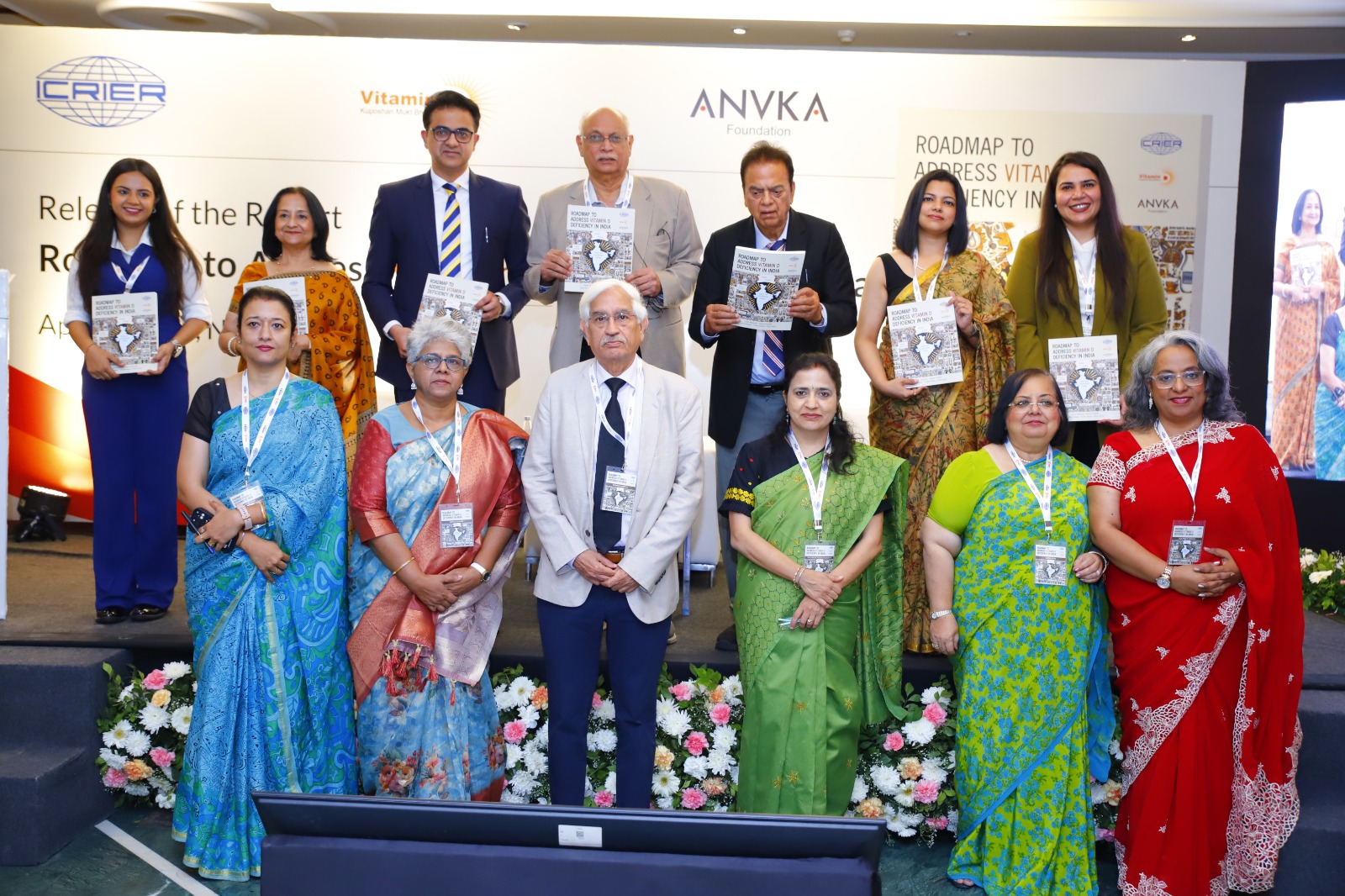In March 1, India started the Covid-19 vaccination drive for people over 60 years of age and those aged 45 and above with specific co-morbid conditions. Before that, only healthcare workers and frontline workers were eligible to receive the jab.
As per the Census of India 2011 Population Projections, the projected population of 60+ for 2021 in India is around 13.7 crore. This figure is nearly 10 per cent of the total projected population for 2021, and it constitutes 9.5 per cent male and 10.7 per cent female population.
Similarly, the projected 45 to 59 age group population is 20.7 crore for 2021. However, citizens falling under this age bracket are eligible for vaccination in the present phase if they have any of the specified 20 co-morbidities released by the central health ministry.
Based on the first Longitudinal Ageing Study in India (LASI), released by the Union Ministry of Health and Family Welfare earlier this year, 37 per cent of older adults between the age group 45 to 59 years have one or more morbidity conditions. As for people above the age of 60, almost every second person (52 per cent) suffers from one or more chronic health conditions.
Among older adults in the age group from 45 to 59 years, 24 per cent have a single morbidity condition while 13 per cent have multi-morbidity. Multi-morbidity is the presence of two or more chronic health conditions. In this age group, the prevalence of morbidity is much higher among those living in urban areas (45 per cent) than those in rural areas (33 per cent).
It is also higher among those who have completed 10 or more years in education (40 per cent). Similarly, as we go up in the MPCE quintiles, the prevalence of morbidity increases from 28 per cent in the poorest quintile to 46 per cent in the richest quintile. For people above the age of 60, 23 per cent have been diagnosed with multi-morbidity. In comparison, 29 per cent suffer from a single morbidity condition.
Gender-wise, women in both age groups (45 to 59 and 60+) are more likely to suffer from such morbidities than men. "The life expectancy of women is higher than men, hence more likelihood of having co-morbidities. Studies have shown that many women ignore earlier symptoms of diseases and opt for treatment only when it is serious," said Professor TV Sekher, Principal Investigator of the survey.
He further said that obesity is high among women, which is a risk factor for many chronic health conditions. And during menopause, many women develop health problems like arthritis, hypertension, etc.
The International Institute for Population Sciences did the LASI survey across all states and union territories (excluding Sikkim). More than 72,000 older adults aged 45 years and above participated in the survey.
Looking at the data demographically, Kerala has the highest percentage (56 per cent) of people suffering from one or more chronic health conditions among older adults aged 45 or 59. After Kerala, Jammu & Kashmir (50.9 per cent), Lakshadweep (49.9 per cent), and Chandigarh (49 per cent) are the top places where morbidity is high in the age group of 45 to 59.
In comparison, the prevalence is lower in the north-eastern states. "In better-off states, more people go to hospitals for health check-ups and hence they are aware of their health conditions. In poor states, the health visits are rare, and screening programs for NCD (non-communicable diseases) is relatively weak," said Professor Sekher.
Considering the survey's findings, approximately 37 per cent or more than 7 crore people between the age group of 45 to 59 years may be eligible for Covid-19 vaccination in the current phase if their morbidities fall into the specified list. Apart from this, 13.7 crore people who are above the age of 60 are eligible as well.

 This includes more than 7 crore people in the 45-59 age group with morbidity conditions and 13.7 crore in 60+ age group.
This includes more than 7 crore people in the 45-59 age group with morbidity conditions and 13.7 crore in 60+ age group.










.jpeg)

.jpeg)
.jpeg)
.jpeg)


.jpg)


.jpeg)
.jpeg)


.jpeg)
.jpg)




